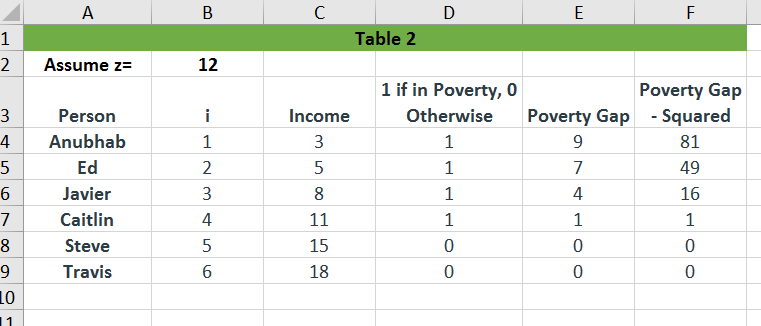

( c) Possible colonization history of Denmark. Black lines represents estimates using a mutation rate of 3.2 × 10 −7 and grey dotted lines a mutation rate of 1.5 × 10 −7 sub per site y −1. ( b) Probability of divergence time estimated in IMa.
Sequencher 5.2.3 logo full#
Numbers in brackets denote sampling sizes of full and partial mitogenome dataset. The remaining nine sequenced individuals were not used due to low coverage.įigure 1. A partial mitogenome dataset comprising concatenated full rRNA 12S and 16S, ATP6, ATP8, COX3 and ND3 sequences were extracted from an additional 13 of the 108 individuals (electronic supplementary material, S2). įull mitogenomes (contig coverage: 40–1200 times) were obtained from 86 specimens representing seven regions: Denmark (Lolland, Falster, Filskov (Central Jutland)), Germany (mainly Schleswig-Holstein, Lower Saxony), Poland (Bialowieza area), Estonia (Saare, Jogeva County) and Sweden (Ödeshög) ( figure 1 a) (GenBank accession nos.

The mitogenome sequences were annotated to the reference sequences using G eneious v. Reads were assembled using Sequencher ® 5.2.3 (Gene Codes Cooperation) using complete mitogenome sequences from Apodemus agrarius coreae and A.
Sequencher 5.2.3 logo torrent#
Sequencing was performed on the Ion Torrent using Ion express template 400 chemistry (paired end technology) on a 318 chip (electronic supplementary material, S1). Long-range PCRs were conducted to sequence the full mitogenome in three overlapping fragments and barcoded libraries were made using the NEBNext ® Fast DNA Fragmentation and Library Prep Set. We sequenced complete mitogenomes from 86 individuals representing seven northwest European regions and analysed the phylogenetic relationship and divergence time.ĭNA was extracted from 108 individuals from frozen or alcohol preserved material using EZNA ® Tissue DNA Kit (OmegaBio Tek). This was performed by whole mitochondrial genome (mitogenomes) sequencing, which increases phylogenetic resolution compared with analysing shorter fragments of mtDNA. Further, we tested the origin of individuals representing two newly discovered occurrences from Central Jutland and Sweden. when Lolland and Falster were connected with northwestern Europe or (ii) around the Subatlantic period (2500–0 BP), suggesting anthropogenic introduction. The aim of the study was to distinguish between the two hypotheses: (i) the striped field mouse colonized Denmark before 10 300–8000 BP, i.e. Hence, if the striped field mouse in Denmark represents a Subatlantic colonization event it must be related to anthropogenic activities possibly associated with agrarian expansion and international trade. To date no subfossils exist from Denmark and the oldest subfossils found in Poland is dated to the Subatlantic period (2500–0 BP) indicating a recent colonization. The current presence of the striped field mouse on Lolland & Falster dates back to at least AD 1800, while records elsewhere in Denmark are scarce. Thus, the species might have arrived early to the southern Danish islands Lolland and Falster, which have been isolated from mainland Europe by postglacial sea-level rise since approximately 10 300–8000 BP (, O Bennike 2016, personal communication), following suggestions by Böhme & Reichstein. However, fossil records from southwestern France dating approximately 19 417 ± 19 044 BP imply a westward expansion of striped field mouse into Europe before the Neolithic period indicating a possible older colonization history of northwestern Europe. Small mammal species like the striped field mouse ( Apodemus agrarius) originally inhabiting the steppe landscape of Eastern Europe probably colonized northwestern Europe following the agricultural expansion during the Neolithic period less than 6500 years BP. One individual from Sweden turned out to be a recent introduction from Central Jutland. A newly discovered population from Central Jutland in Denmark diverged from Falster approximately 100–670 years ago, again favouring human introduction. The results supported human-induced colonization of Denmark in the Subatlantic or Subboreal period. We sequenced 86 full mitochondrial genomes from the northwestern range of the striped field mouse, analysed phylogenetic relationships and estimated divergence time. Thus, this species could have been brought in with humans in connection with agriculture, or it could be an earlier natural invader. It is common on the southern Danish islands of Lolland and Falster, which have been isolated from mainland Europe since approximately 10 300–8000 BP. The striped field mouse ( Apodemus agrarius Pallas, 1783), is a steppe-derived species often found in human crops. Species from the steppe region of Eastern Europe likely colonized northwestern Europe in connection with agriculture after 6500 BP.


 0 kommentar(er)
0 kommentar(er)
